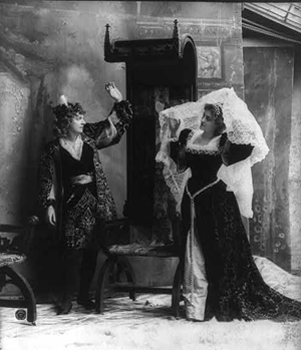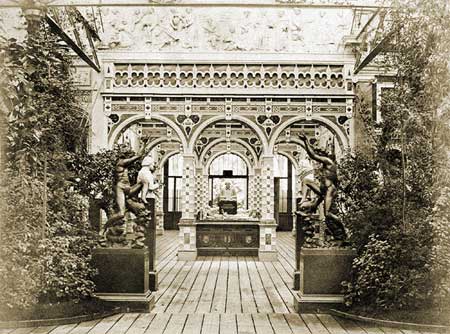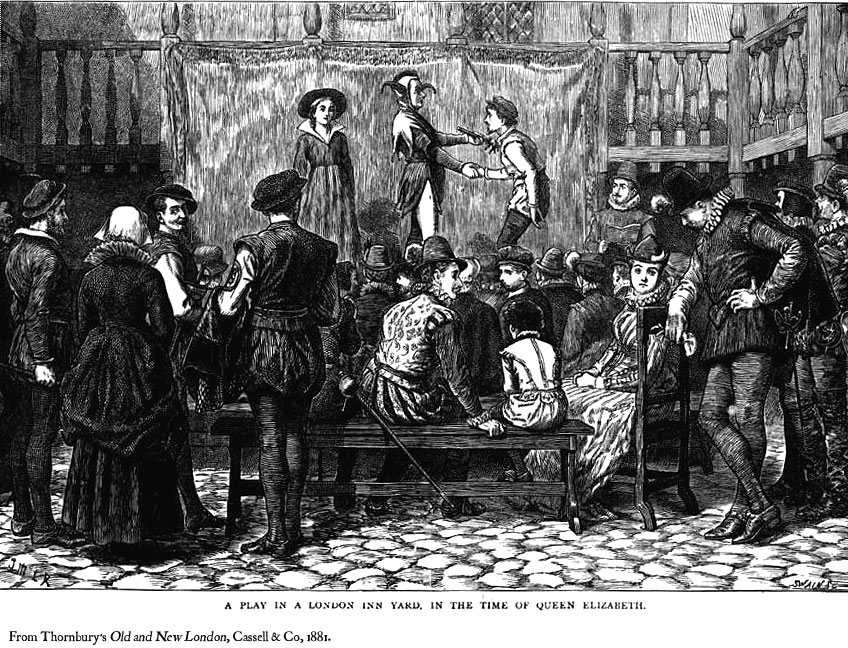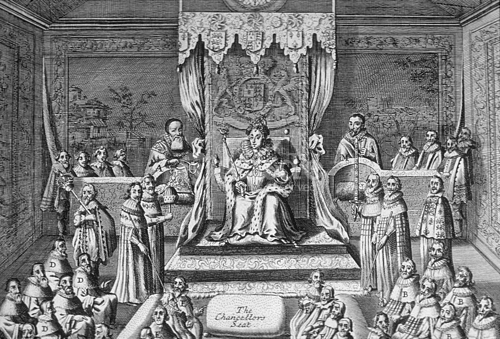Dancing was an extremely popular pastime during the Elizabethan era. Queen Elizabeth encouraged music and dancing amongst all of her subjects. She was a patron of all the Arts and encouraged the work of Elizabethan composers and musicians. Queen Elizabeth and her court used dance as a means of daily exercise. In the morning she would perform as many as seven Galliards, one of the most demanding and energetic of all the Elizabethan dances.
Dance As Exercise and Recreation
Contents
She continued this strenuous form of dancing until her late fifties! She expected all her courtiers to be proficient in dancing. The handsome Christopher Hatton was well known as one of the most accomplished dancers who the Queen admired. Elizabethan Entertainment was extremely important to people who lived in the Elizabethan era.

The lives of Elizabethans were hard, the mortality rate was high due to frequent outbreaks of the Bubonic Plague and life expectation was low. Elizabethan dances enjoyed by the Upper Classes, Royalty and Nobility included the Cinque-pace, Galliard, Pavane, Roundel, Tordion and the Volta.
Elizabethan Music
Elizabethan Music complemented the different forms of Elizabethan Dance. Dancing in the Elizabethan era was considered “a wholesome recreation of the mind and also an exercise of the body”. The emergence of different styles of music and new musical instruments combined with various experiments combining different instruments led to new dances being created.
Dance and Social Class
Elizabethan dance varied according to the social class. The court dances enjoyed by royalty, nobility and the Upper classes were often imported from Italy, Spain or France. These dance forms varied considerably from the energetic Galliard to the refined and stately Pavane.

Elizabethan dances differed between the Upper and Lower Classes. The Upper Classes enjoyed new types of music at court. They had a taste for new music and new dances. Many courtiers travelled abroad and returned to the Elizabethan court with dances from Italy, Spain and France. These foreign influences were found in the development of new Elizabethan court dances and music.
Elizabethan Dance and Music Facts
These new dances had to be learnt and Dancing Masters were suitably employed. These Elizabethan dances were highly sophisticated and stately with intricate steps and nuances, although the old favorite English country dances were still popular. Many of the Court dances were performed as couples and the suggestive Elizabethan court dance called the Volt was the only dance which allowed the dancers to embrace closely.

The form of entertainment called the Masque was popular with the Upper classes. Masques were accompanied with music and dance at the beginning and end of the performances and during the interludes.
The dances which accompanied the masques had unusual names such as the ‘Tinternell’, ‘Maske of Queens’, ‘The Earl of Essex’s Measure’, Lord Zouch’s Maske and the ‘Turkeylony’ – many of these titles reflected the names of the patrons. The most important Elizabethan dances were the Pavan, Galliards and Almain.

The lower classes enjoyed the more traditional country dances such as the Jig, Morris Dancing or the Brand or the Brawle which were closely associated with the customs and festivals celebrated in Elizabethan England.
More Info On- Elizabethan Dances of the Lower Classes, Elizabethan Dances of the Upper Classes, Dancing and music, Drama, England Music, Plays, Musical Instruments